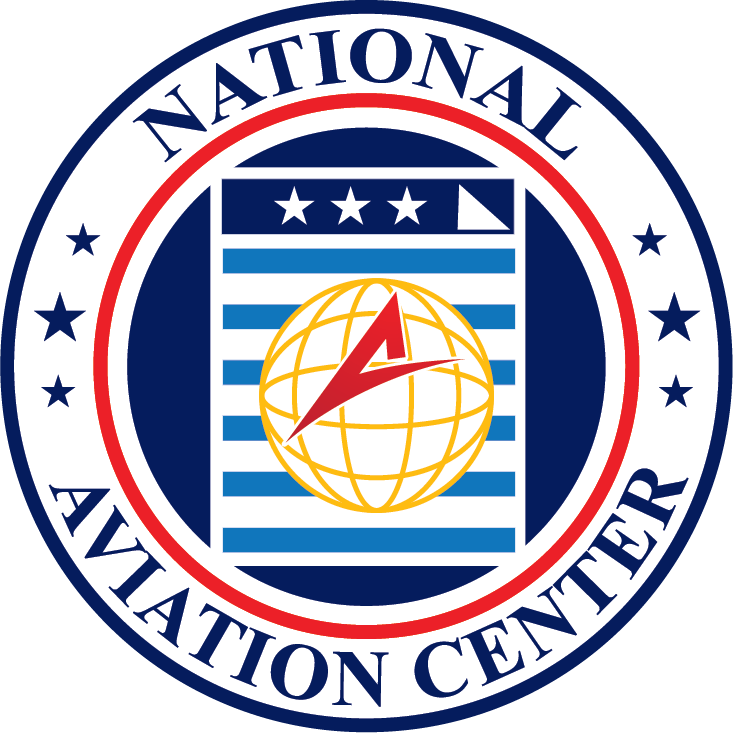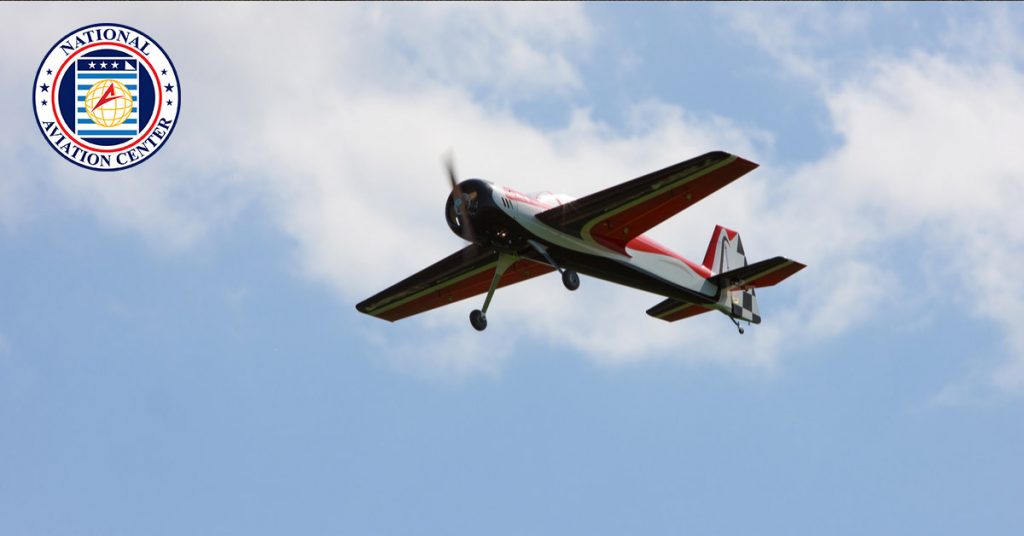In order to maintain organized aircraft registration in the United States, the Federal Aviation Administration gives each airplane an identifying number that makes it easily traceable in matters of ownership. In order to be effective, these numbers will need to be displayed on each aircraft’s surface, which is why they are referred to as airplane tail numbers. How do you receive your own? What are the standards for their display?
Aircraft N-Number
In handling aircraft registration in the United States, the Federal Aviation Administration provides each registered aircraft with a specific identifying number. Since these numbers start with the prefix letter “N” (the international denomination for American aircraft), these are referred to as N-numbers. You will receive one for your aircraft upon completing the initial registration process, which will be your airplane tail number. Once you have it, you will have to display it on the tail of the aircraft in order to visibly identify it, which will come with specific requirements.
Displaying Airplane Tail Numbers
According to the aeronautics and space section of the Code of Federal Regulations, “Each operator of an aircraft must display on that aircraft marks consisting of the Roman capital letter “N” (denoting United States registration) followed by the registration number of the aircraft. Each suffix letter used in the marks displayed must also be a Roman capital letter.” Additionally, “When marks include only the Roman capital letter “N” and the registration number is displayed on limited, restricted or light-sport category aircraft or experimental or provisionally certificated aircraft, the operator must also display on that aircraft near each entrance to the cabin, cockpit, or pilot station, in letters not less than 2 inches nor more than 6 inches high, the words “limited,” “restricted,” “light-sport,” “experimental,” or “provisional,” as applicable.”
Display Specifics
On fixed-winged aircraft, the operator must display the airplane tail numbers on either of the vertical tail surfaces or (on some occasions) the sides of the fuselage. The marks on the vertical tail surfaces must be displayed horizontally on both surfaces of a single vertical tail or on the outer surfaces of a multi-vertical tail. These must be at least 12 inches high, with a few exceptions. An aircraft displaying marks at least 2 inches high before November 1, 1981, and an aircraft manufactured after November 2, 1981, but before January 1, 1983, may display those marks until the aircraft is repainted or the marks are repainted, restored, or changed. Additionally, marks at least 3 inches high can be displayed on a glider or on an aircraft under which the FAA has issued an experimental certificate.
Easily Register Your Aircraft
If you’re looking to register your aircraft and receive your airplane tail numbers, our team here at the National Aviation Center can help you. All relevant forms are readily available for you on our sidebar. And, should you need some additional help with any of them, don’t worry. Use our website chat, fill out our contact form, or give us a call at 1-800-357-0893 and we’ll answer your questions in no time.




